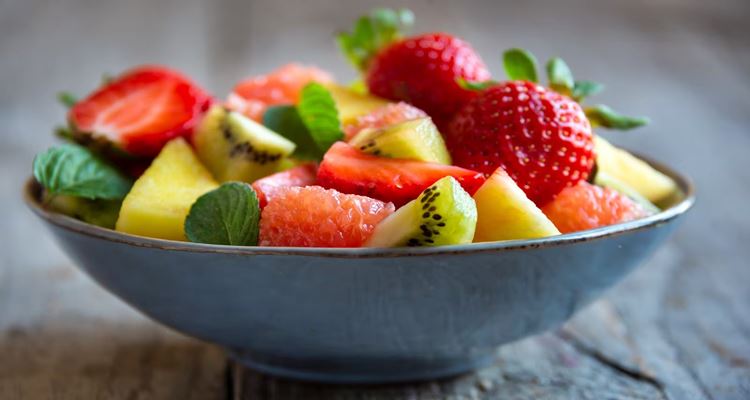ACIDIC FRUITS – Here are some examples of fruits that have a high acid level and these fruits are very common! Find out to know what to limit.
Fruits are highly delicious and highly nutritious but some are highly acidic and many of them are commonly consumed by many people. And these kinds of fruits are not suggested to be eaten by people with acid reflux or be consumed in moderation.
Acidic Foods – Knowing What To Limit and What To Avoid
Here’s a list of some acidic foods and their acidity level.
ACIDIC FOODS – If you have some problems with acidity, here are some foods that are acidic that you must avoid or limit taking.
The acid level of foods is determined by their pH value. The values fall between 0 and 14 where the lower the pH value, the more acidic the food is.
Here’s a guide:
- pH of 0: Most acidic
- pH of 7: Neutral
- pH of 14: Most basic, or alkaline

It is important for people to know how acid and alkaline substances react with the body. This way, people will know what they should take and what they should not take, and avoid.
Check out the table below regarding the pH value of these body parts and fluids:
| Body part/fluid | pH level |
| Saliva | 6.5 – 7.5 |
| Upper stomach | 4.0 – 6.5 |
| Lower stomach | 1.5 – 3.5 |
| Small intestine | 6.0 – 7.4 |
| Large intestine | 5.0 – 8.0 |
The blood’s pH value ranges from 7.35 – 7.45 which means that this is slightly alkaline.
Here are some examples of high-acid foods:
- grains
- sugar
- certain dairy products
- fish
- processed foods
- fresh meats and processed meats, such as corned beef and turkey
- sodas and other sweetened beverages
- high-protein foods and supplements
When it comes to fruits, here are some details such as their pH value according to Clemson University:
- lemon juice (pH: 2.00–2.60)
- limes (pH: 2.00–2.80)
- blue plums (pH: 2.80–3.40)
- grapes (pH: 2.90–3.82)
- pomegranates (pH: 2.93–3.20)
- grapefruits (pH: 3.00–3.75)
- blueberries (pH: 3.12–3.33)
- pineapples (pH: 3.20–4.00)
- apples (pH: 3.30–4.00)
- peaches (pH: 3.30–4.05)
- oranges (pH: 3.69–4.34)
- tomatoes (pH: 4.30–4.90)
The pH value of some vegetables:
- sauerkraut (pH: 3.30–3.60)
- cabbage (pH: 5.20–6.80)
- beets (pH: 5.30–6.60)
- corn (pH: 5.90–7.50)
- mushrooms (pH: 6.00–6.70)
- broccoli (pH: 6.30-6.85)
- collard greens (pH: 6.50–7.50)
As the data suggested, these fruits have low pH levels, meaning they are acidic. These foods and citrus foods may contribute to symptoms of issues like an ulcer or reflux.
Meanwhile, here are some neutral foods and drinks:
- soy like miso, soybeans, tofu, and tempeh
- unsweetened yogurt and milk
- most fresh vegetables, including potatoes
- most fruits
- herbs and spices, excluding salt, mustard, and nutmeg
- beans and lentils
- some whole grains like millet, quinoa, and amaranth
- herbal teas
- fats like olive oil, avocados, nuts, and seeds
READ ALSO:
- Japanese Water Therapy Benefits & How Long Should You Do This
- Corn Salad – Recipe and Ingredients Needed For This Dish
What can you say about this?

